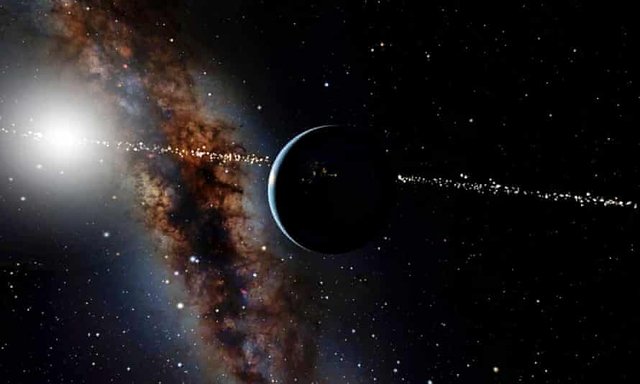For centuries, people have looked to the sky and wondered if any other life existed beyond Earth.
In the new study, astronomers created a shortlist of nearby star systems.
Scientists have identified 1,715 star systems in our region of the universe.

Among the star systems in the right position to observe Earth, there are 46 star systems close enough for `their` planets to receive signals of human existence.
Researchers estimate that 29 habitable planets are in good positions that can observe Earth and capture human radio and television transmission signals.

Previously, astronomers on Earth have discovered thousands of planets outside the solar system.

Ross 128, a red dwarf star in the constellation Virgo, is about 11 light-years away, close enough to receive signals from Earth’s broadcasts.

Around the star Teegarden, there are two stars also located in a favorable position to observe the Earth’s movement, only 12.5 light years away from us.
Another star 45 light-years away is Trappist-1, close enough to pick up TV signals.

This discovery was announced along with information that the US government discovered unidentified flying objects (UFOs).
Professor Beth Biller at the University of Edinburgh’s Institute of Astronomy, said this work could change the way scientists approach Seti – the project to search for extraterrestrial life.
